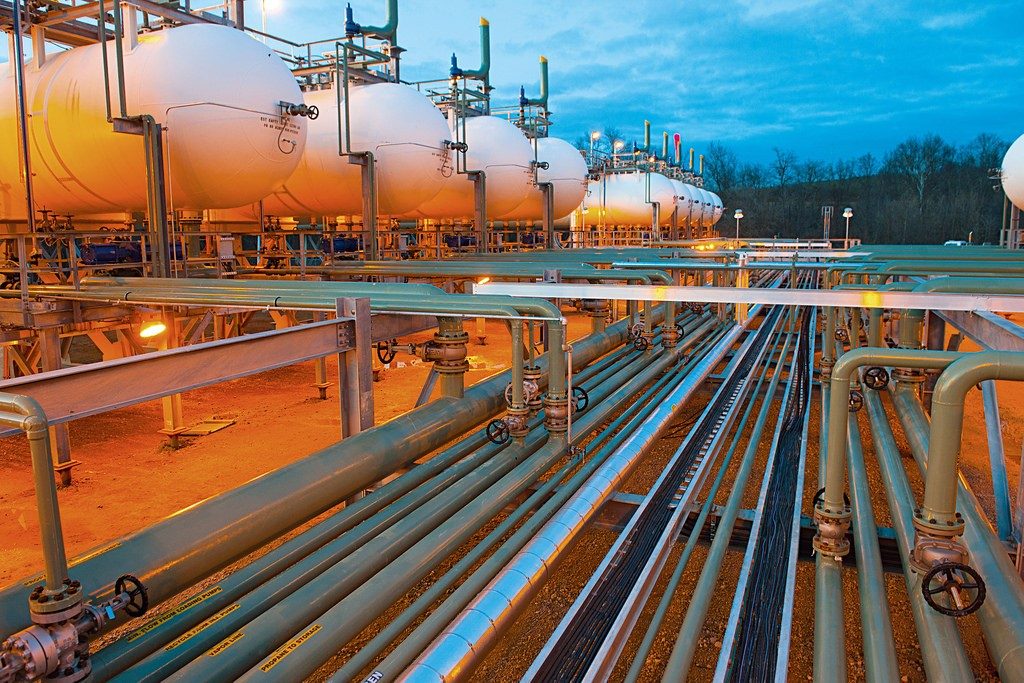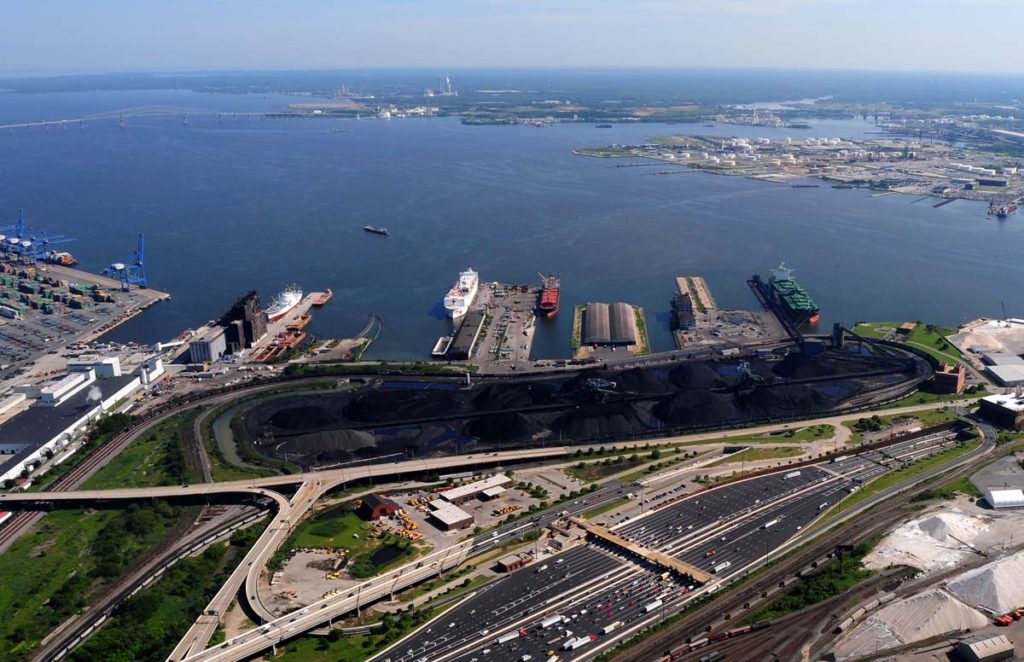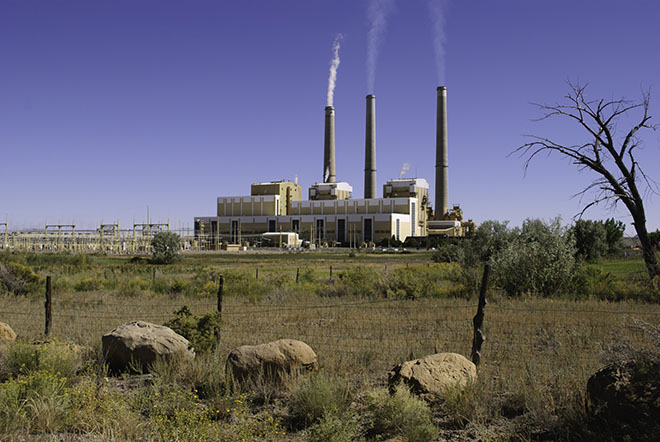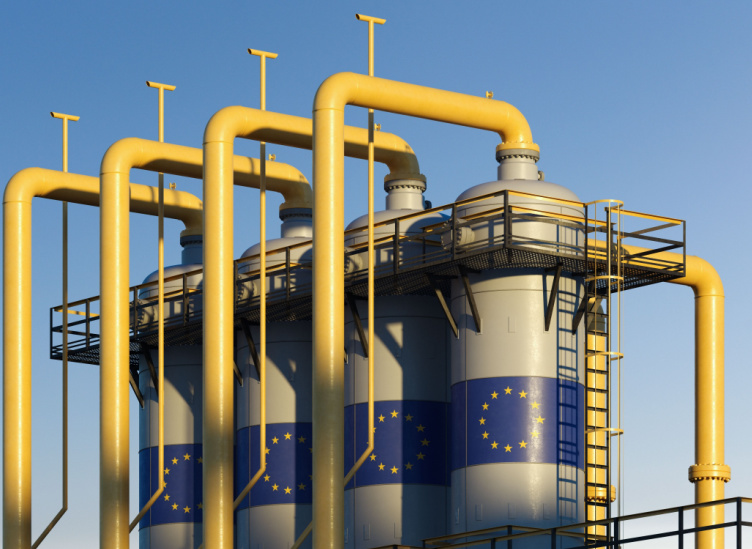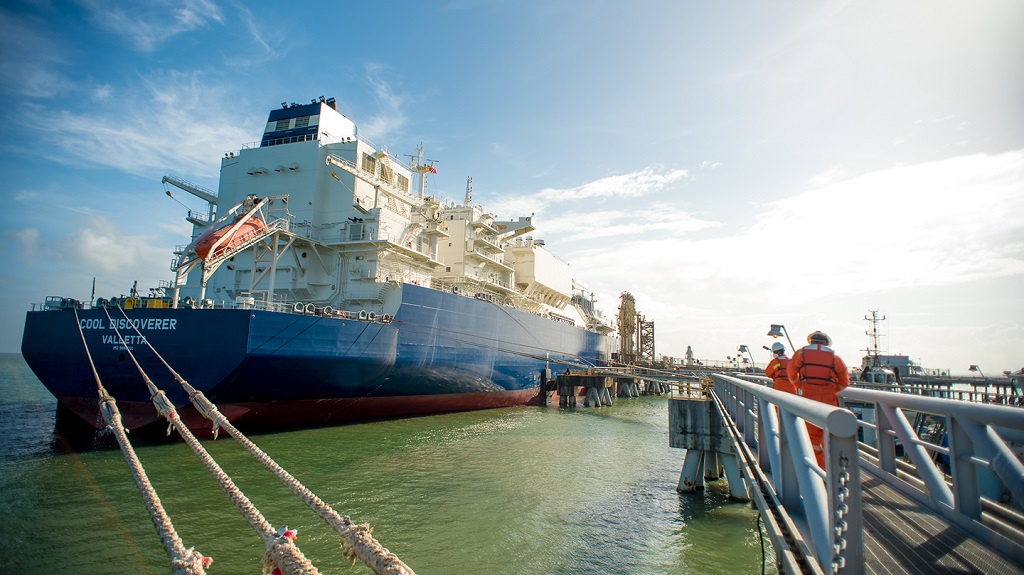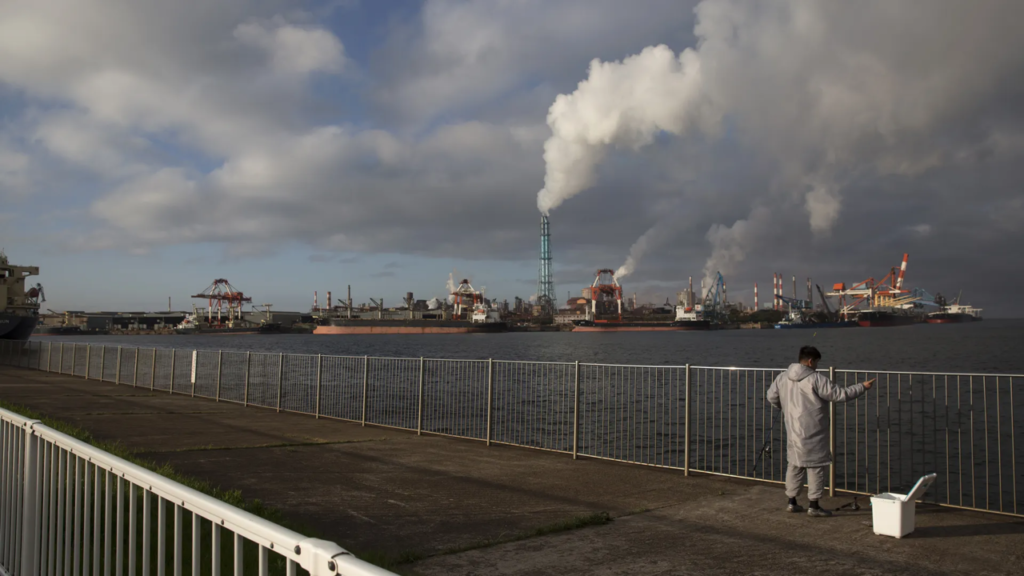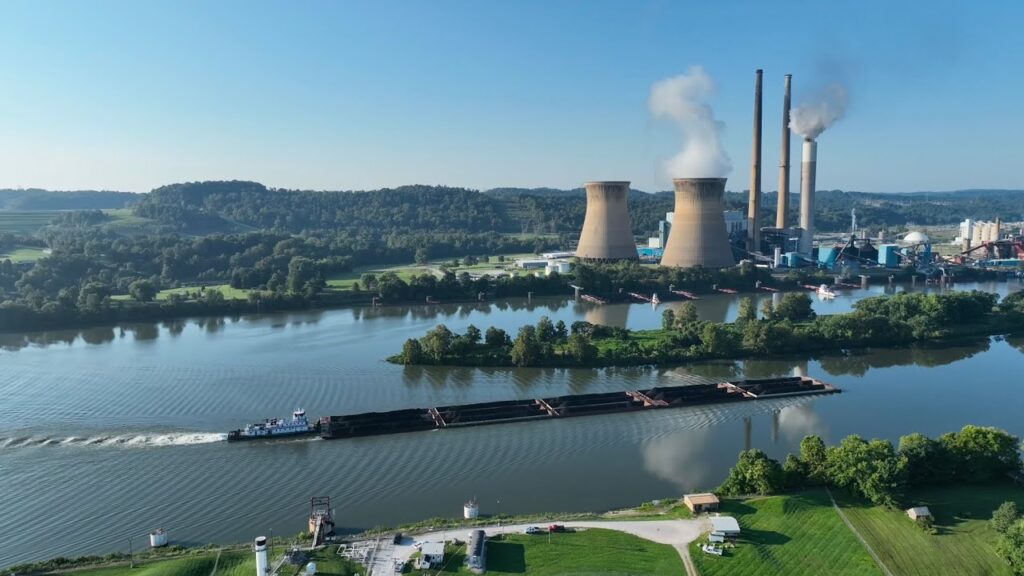Natural gas prices have been on a downward spiral recently, reaching lows not seen since the COVID-19 pandemic. While the Federal Reserve’s stance on interest rates might play a role, it’s just one piece of a complex puzzle. Here’s a deeper dive into the major factors driving the natural gas price slump:
Supply Outpaces Demand:
- Warmer Winter: Winter 2023/24 has been mild, reducing heating demand.
- Spring Shoulder: Low demand period approaching with power and residential/commercial needs dropping.
- Record High Inventories: Gas storage is well above average, exceeding past years.
- Surging Production: Natural gas production is at record highs, driven by the Permian Basin and Haynesville.
- LNG Exports Remain Strong: Despite a slight dip, LNG demand offers some support.
Other Relevant Factors:
- Rig Counts Stable: Despite low prices, drilling activity hasn’t declined significantly.
- European Prices Down: European gas prices have also slumped, further impacting international dynamics.
- New Power Generation Projects: Utilities are building new natural gas plants to meet growing power demand.
- Financial Strength: Producers have repaired balance sheets, allowing them to weather market fluctuations.
- Labor Concerns: Natural gas companies are hesitant to lay off workers due to workforce shortages.
Similarities to Coal:
Many of these factors, like high inventories and stable production, also apply to the coal industry, currently facing similar price pressures.
Key Takeaway:
The current natural gas price decline is primarily driven by a complex interplay of supply exceeding demand, seasonal factors, and ongoing international developments. While the future remains uncertain, understanding these core reasons is crucial for navigating the evolving energy landscape.
Source: TheCoalTrader, AI generated



